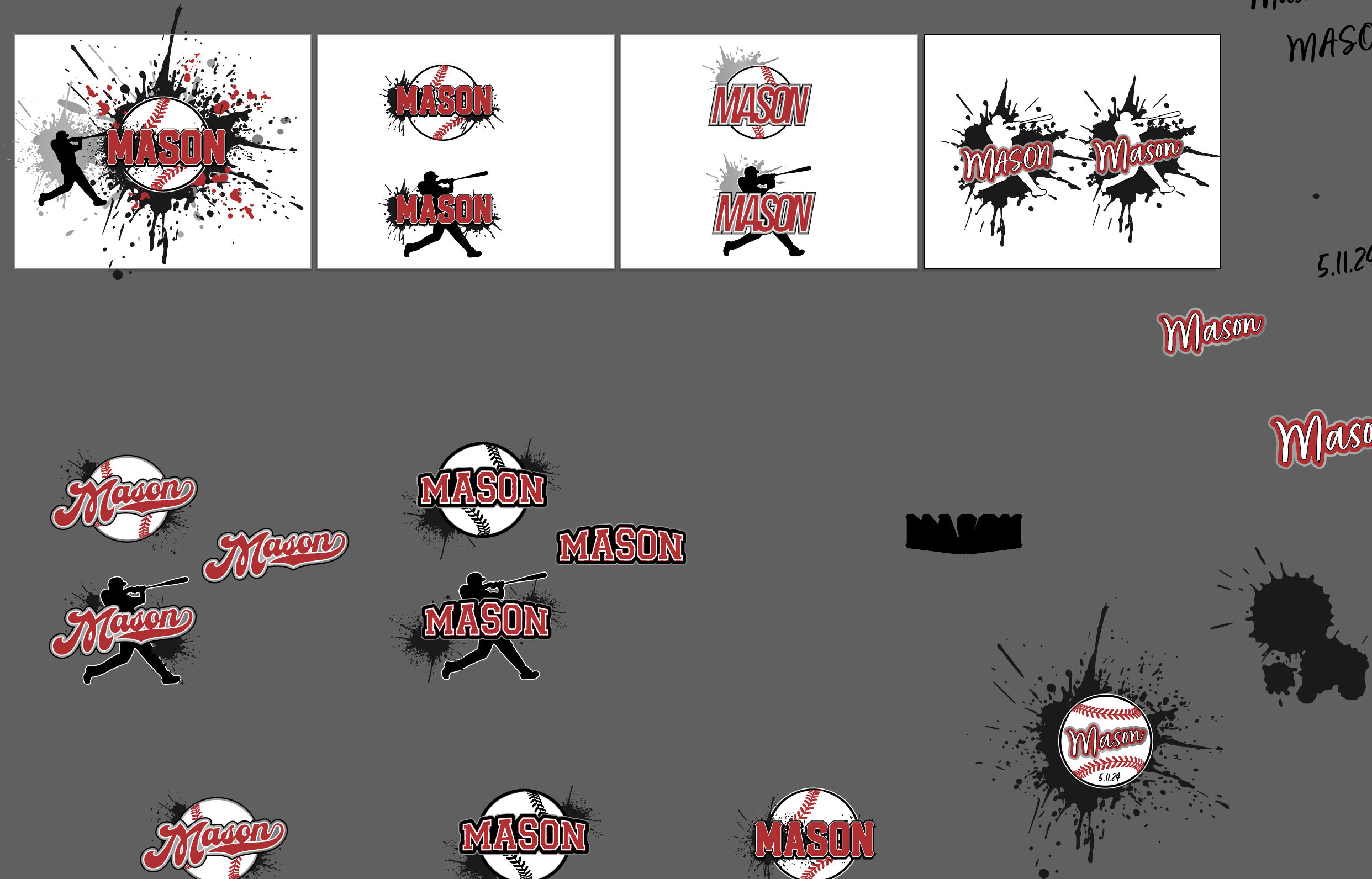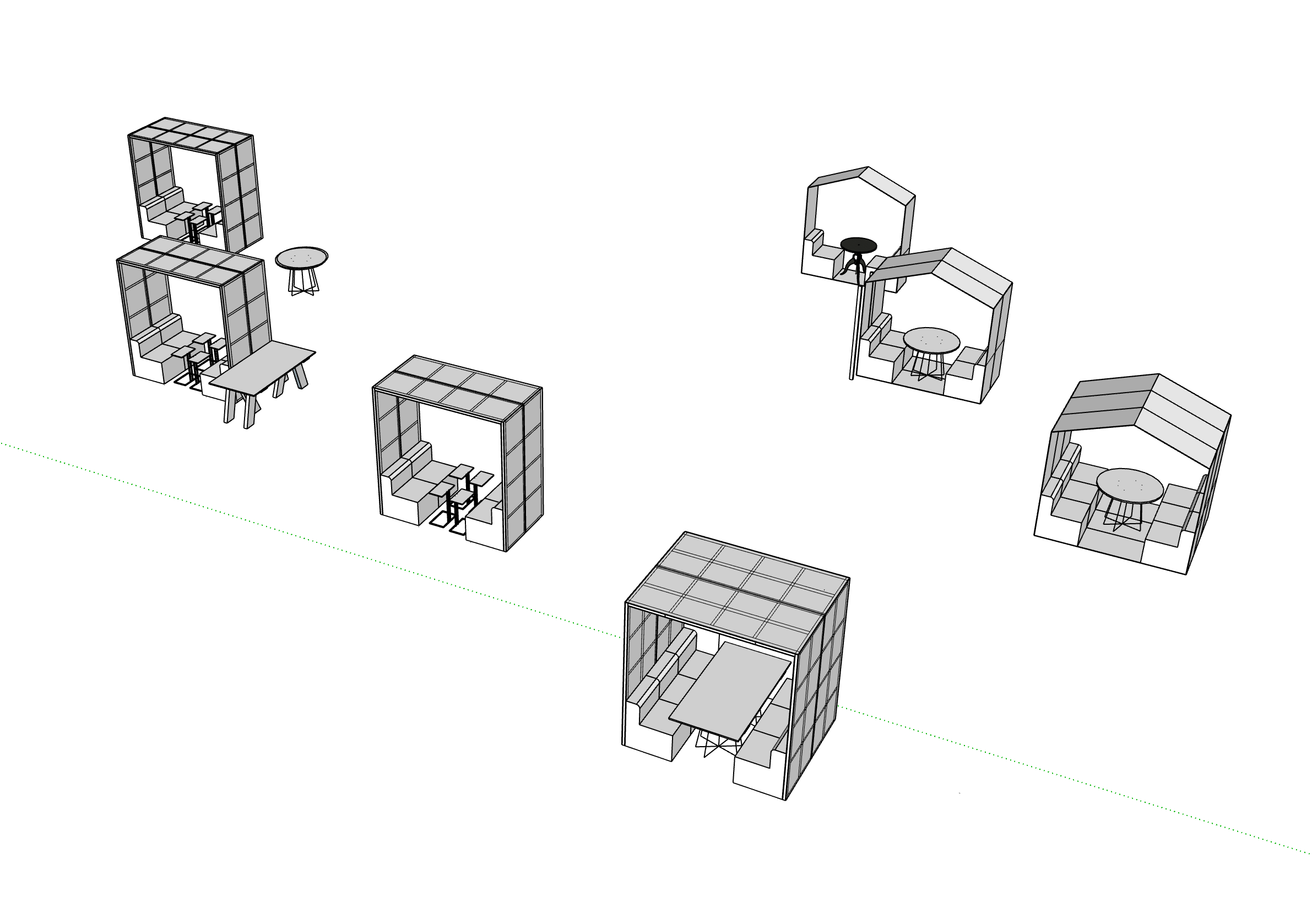The Antigua Side: Process
Ever wonder what really goes into the design process at Antigua? Here, Pedro walks us through the thoughtful (and sometimes messy) creative process behind every project. This behind-the-scenes look offers insight into how thoughtful design is built from strong foundations and sharpened through collaboration.
Design board for Shyken Mitzvah (2025 / VH Designs)
Q: Where do you start when you’re given a new project?
I always start by gathering as much information as I can. I ask a lot of questions upfront. I want to understand everything from the event’s purpose to the timeline, the brand guidelines, Pantone colors, and whether there’s an existing logo or theme. If something feels vague, I’ll follow up and dig deeper.
The more clarity I have in the beginning, the smoother everything goes down the line.
Q: What’s your process for developing ideas?
Once I have all the foundational info, I move into research and brainstorming mode. I’ll look into past events the client has done, review any branding guidelines they’ve provided, and start gathering inspiration: graphics, materials, color palettes, or layout references.
I often build mood boards on Pinterest, sketch out early concepts, or even write things down just to get the ideas flowing. It’s a mix of creative exploration and strategic planning before I ever jump into all the design softwares I use to create.
Design board for Evans Mitzvah (2024 / VH Designs)
Q: What does presenting work to a client look like?
It depends on the scope of the project. For something simple like signage, I’ll typically present three different design options. But if the project is more complex, I’ll pull together a polished presentation with renderings, CAD layouts, and mockups to help them visualize everything clearly.
Either way, I like to give clients a few different directions to choose from, all based on the parameters we’ve discussed.
Q: Where do you look for creative inspiration?
I pull from a few places. I’ll revisit the company’s existing branding, review their previous projects, and research themes if it’s a themed event. My background in art history helps a lot. I often find inspiration in design movements like Art Deco or Art Nouveau.
Pinterest is a big resource for me, too. I use it all the time to gather visual references and spark new ideas.
Q: Once you have a concept, what tools do you use to bring it to life?
It really depends on the project, but I use a mix of software, including Illustrator, Photoshop, SketchUp, and occasionally Vectorworks or AutoCAD for more technical renderings.
My goal is always to create something thorough and easy to understand. Whether it’s a 3D rendering or a flat graphic, I want the idea to come through clearly and effectively.
Breakaway Pods (2025 / Rion)
Q: What do you do when you get creatively stuck?
I usually take a break and step away for a bit. I might switch to another project, sleep on it, or take a walk to clear my head.
Often, I come back the next morning with a fresh perspective, and that’s when things start to click again.
Q: How many iterations do you typically go through?
Ideally, not too many! I try to be as clear and intentional as possible so we can avoid endless rounds of revisions. But every project is different. If we’re on version three and things still aren’t clicking, I’ll ask more questions, try a new direction, or offer a few unexpected options to shift the conversation.
It’s all about finding that balance between the creative vision and what’s going to work best for the client.
Q: What’s your favorite kind of feedback from clients?
When something gets approved on the first try, that’s the dream. But when there is feedback, I appreciate it when it’s honest and direct. If something’s not working, just say so and we’ll figure it out together.
At the end of the day, I want everyone to walk away feeling proud of what we’ve built.
Evans Mitzvah Final Products (2024 / VH Designs)







